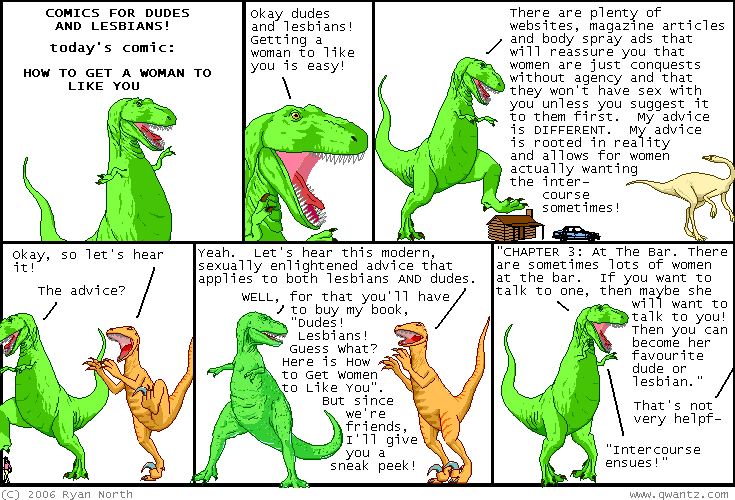On alternating Fridays, Michael Carlisle examines the world “outside” sequential art to find… more sequential art. Expect mathematics, a bit of madness, and a dash of pessimistic optimism.
“I think that adaptation is largely a waste of time in almost any circumstances.” – Alan Moore666
Non-exhaustive list of forms of the mythos known as The Hitchhiker’s Guide to the Galaxy:
- radio series (1978, 2003)
- book series (1979-1992)
- BBC TV miniseries (1981)
- text-based video game (1984)
- comics (1993-1996)
- movie (2005)
Remember the first time you said something to the effect of, “No, they can’t remake [adapt] THAT! I love that!”
If you’re reading this, you probably don’t, since it’s happened so many times you’ve either been worn down, grown accustomed to it, or, possibly, screamed in righteous Fan rage every time.
Part of the notion of “sequential art”, art in sequence, is the idea of a sequence of art. If we consider a piece of art (not necessarily “sequential”) as an individual entity, then a remake or adaptation of that particular work creates (or adds to) a particular sequence of works sharing characters and/or certain other plot elements. This sequence, if it becomes large and/or popular enough, gains its own name: canon19.95.
These two notions2,
- REMAKE: an art work which heavily shares recognizable plot sequence and elements of a previous work in its medium.
- ADAPTATION: an art work which heavily shares recognizable plot elements of a previous work in its or another medium, usually with significant stylistic or other changes.
have covered a large share of popular culture over the last 100 years. My
esteemed smurfologist colleague waxed frustrated on this topic recently, in regards to a specific plague of adaptations called the “comic book movie”.
Read more


